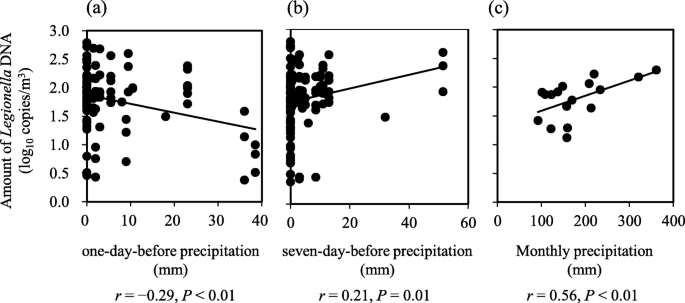


Thus repeated doses in endemic areas are required to eliminate infections that can arise again within months of treatment. Diethylcarbamazine, albendazole, and ivermectin have been the most recent drugs of choice for prevention of filarial infections, but they have little effect on adult worms. Previous strategies for elimination of filariasis have included vector control in the presence or absence of antiparasitic drugs. The use of anti- Wolbachia chemotherapy against filarial parasites has initiated a novel approach for filarial disease control and eradication. Thus, as in animal models, Wolbachia appears to be a therapeutic target for human filarial parasitic infections. Human trials using doxycycline, undertaken in Ghana, have shown that this antibiotic interferes with embryogenesis in adult female filariae with a concomitant depletion of Wolbachia from both adults and microfilariae (first stage larvae) of O. No antibiotic effects are observed in filarial nematodes that do not harbor Wolbachia, nor are they observed with other antibiotics (e.g., penicillin, gentamicin, ciprofloxacin, or erythromycin), suggesting that these effects correlate with Wolbachia presence. have also shown that Wolbachia are present at 1000X lower frequencies after antibiotic treatment and can still be detected by PCR from female hypodermis tissues, but not from female reproductive tissue. After antibiotic treatment, immunogold staining, using Wolbachia-specific cell-surface probes, shows the absence of Wolbachia in the female reproductive tract and the degeneration of embryos, while Wolbachia remain in the lateral chords, albeit in reduced numbers. They are therefore potential therapeutic targets for filariasis control.Ĭertain antialpha proteobacterial agents, most notably tetracycline and doxycycline, but also rifampicin and azithromycin, show inhibitory effects on parasitic nematode development and fertility. The endosymbionts appear to be present in 100% of individuals within a population, when that species contains them, suggesting that they are required for worm fertility and survival. They are also localized in oocytes but not in the male reproductive tract. In nematodes that contain Wolbachia and which have been well examined, the bacteria are located in the lateral chords (invaginations of the body wall hypodermis that project into the body cavity) in both sexes.

Wolbachia appear to be absent in nonfilarial nematodes. These endosymbionts have now been found in the vast majority of filarial nematode species, with notable exceptions. Phylogenetic analyses subsequently identified the bacteria as Wolbachia. malayi, the presence of rare non- Escherichia-coli-like, alpha-proteobacterial sequences implicated the occurrence of endobacterial DNA. In the analysis of cDNA libraries generated from different life cycle stages of B.

The establishment in 1994 of a Filarial Genome Project funded by the World Health Organization (WHO/Tropical Disease Research/United Nations Development Programme/World Bank) contributed to the rediscovery of these endosymbiotic bacteria. Within these filarial parasites are intracellular bacteria that were first observed almost 30 y ago. Lymphatic filariasis is caused predominantly by Wuchereria bancrofti and Brugia malayi and affects 120 million individuals, a third of whom show disfigurement, while onchocerciasis, caused by Onchocerca volvulus, affects 18 million people of whom 500,000 have visual impairment and 270,000 are blind. The parasitic nematodes are insect-borne and are responsible for lymphatic or cutaneous filariasis, leading to medical conditions including elephantiasis or onchocerciasis (African river blindness). Over 1 billion people in more than 90 countries are at risk from filarial nematode infections, and 150 million people are infected.


 0 kommentar(er)
0 kommentar(er)
